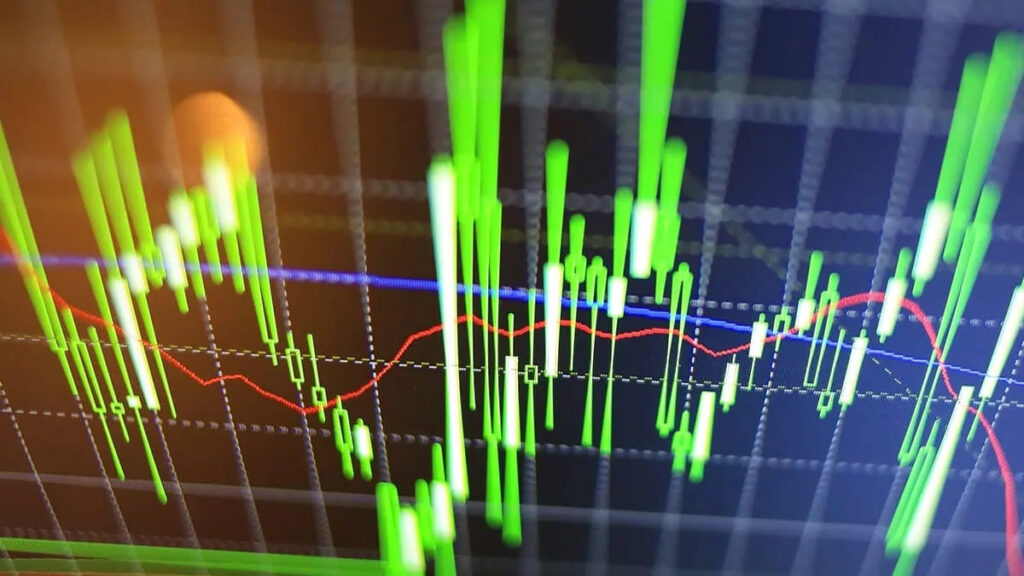Economic indicators are essential tools for understanding the health of an economy, but they can often seem abstract and confusing. As someone who is passionate about economics, I wanted to demystify these indicators and explain why they matter. Economic indicators are statistical measures that provide insights into various aspects of the economy, such as growth, employment, and consumer confidence.
One of the most well-known economic indicators is the Gross Domestic Product (GDP), which measures the total value of goods and services produced in a country over a specific period. GDP is a broad indicator of economic health and is often used to compare the economic performance of different countries. Another important indicator is the unemployment rate, which measures the percentage of the workforce that is unemployed and actively seeking work. The unemployment rate provides insights into the labor market and the overall economic conditions.
Consumer confidence is another key economic indicator that measures the degree of optimism that consumers have regarding the overall state of the economy and their personal financial situations. High consumer confidence can lead to increased spending and economic growth, while low consumer confidence can signal a slowdown in economic activity. Additionally, indicators such as the Consumer Price Index (CPI) and the Producer Price Index (PPI) measure changes in the prices of goods and services, providing insights into inflationary trends.
Understanding economic indicators is crucial for making informed decisions, whether you’re a consumer, a business owner, or a policymaker. By staying informed about these indicators and their implications, we can better navigate the complexities of the economy and make more informed choices. In my upcoming blogs, I’ll explore specific economic indicators in more detail and discuss how they impact our daily lives.
